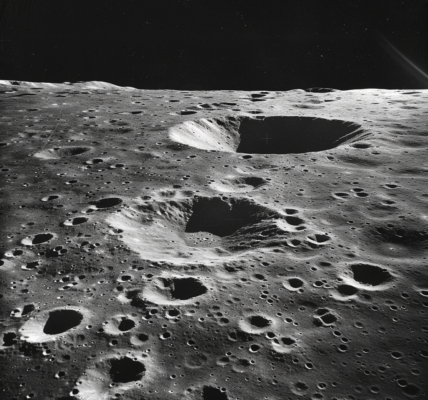Get ready for an astronomical phenomenon this autumn as Earth is set to temporarily gain a second moon, according to recent scientific findings. A small asteroid, designated as 2024 PT5, is expected to be captured by Earth’s gravitational pull, allowing it to orbit our planet for a brief period.
This cosmic visitor will make its appearance starting September 29 and is anticipated to remain in orbit for approximately two months before it escapes Earth’s gravitational influence once again. Unfortunately, for skywatchers, this mini-moon will be too small and dim to be observed with the naked eye or even with standard binoculars. Only professional telescopes will be able to detect it.
The asteroid was first identified by NASA’s Asteroid Terrestrial-Impact Last Alert System (ATLAS) on August 7. Following its discovery, scientists analyzed its trajectory and published their findings in the Research Notes of the American Astronomical Society. The asteroid originates from the Arjuna asteroid belt, an area populated with rocks that have orbits similar to that of Earth.
Occasionally, certain asteroids venture close to our planet, coming within distances of approximately 2.8 million miles (4.5 million kilometers). Researchers involved in the study noted that if an asteroid travels at a relatively slow speed—around 2,200 mph (3,540 km/h)—Earth’s gravitational field can exert a significant influence, allowing it to be temporarily captured.
Dr. Jennifer Millard, an astronomer and host of the Awesome Astronomy podcast, provided insights into the asteroid’s journey. She explained that while the asteroid will not complete a full orbit around Earth, its trajectory will be slightly altered by our planet’s gravitational pull. The asteroid is predicted to leave its temporary orbit on November 25.
Measuring approximately 32 feet (10 meters) in length, 2024 PT5 is minuscule compared to Earth’s natural satellite, which boasts a diameter of about 3,474 kilometers. Due to its small size and dull rock composition, it will be virtually invisible to the naked eye, even with amateur telescopes. However, professional astronomers will likely capture images of this tiny asteroid as it zips past the stars.
Interestingly, mini-moons have been observed in the past, with many more potentially existing unnoticed. Some asteroids even return for multiple visits. For instance, the 2022 NX1 asteroid was first captured as a mini-moon in 1981 before making another appearance in 2022. Scientists believe that 2024 PT5 may return to Earth’s orbit again in 2055.
This occurrence serves as a reminder of the dynamic nature of our solar system and the myriad celestial bodies that remain undiscovered. The recent identification of this asteroid, only detected this year, underscores the ongoing exploration and research in astronomy.
As the date approaches, astronomers and space enthusiasts alike are eager to observe this rare event, even if it means relying on advanced equipment to catch a glimpse of the fleeting mini-moon. Keep an eye on the skies this autumn for what promises to be a fascinating chapter in our understanding of the cosmos.





